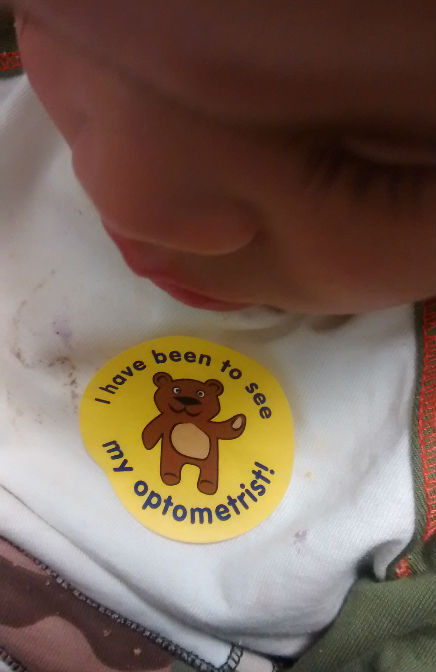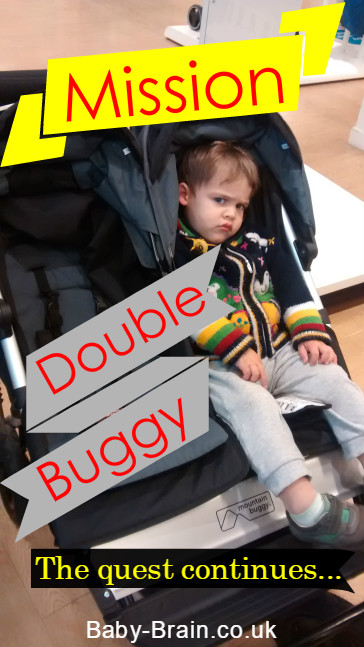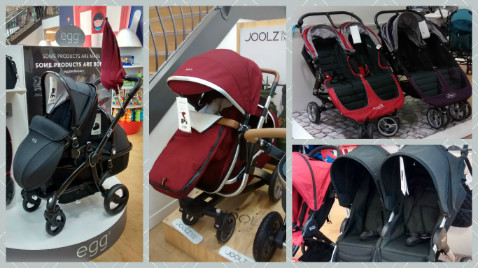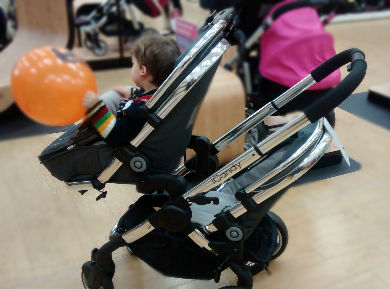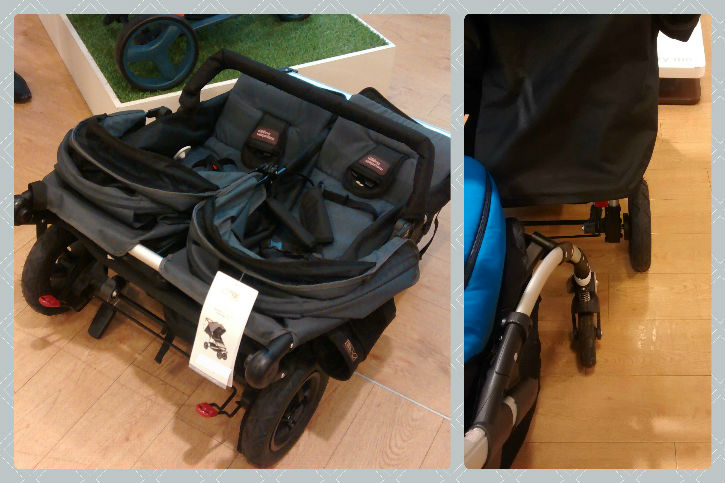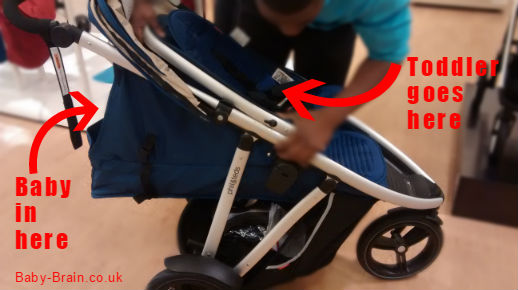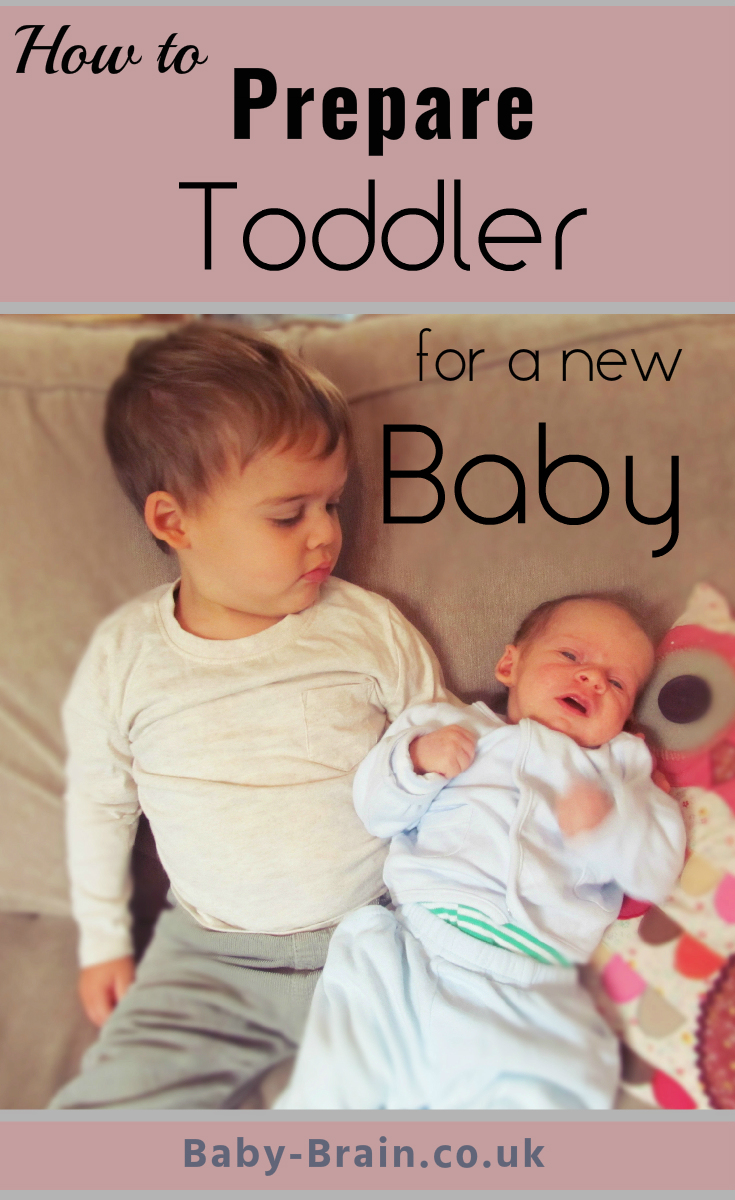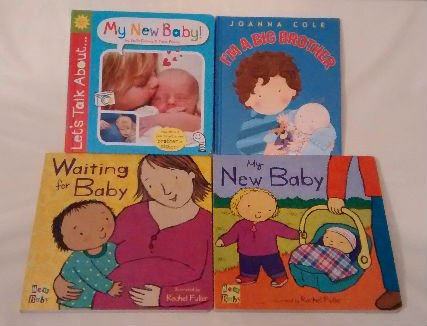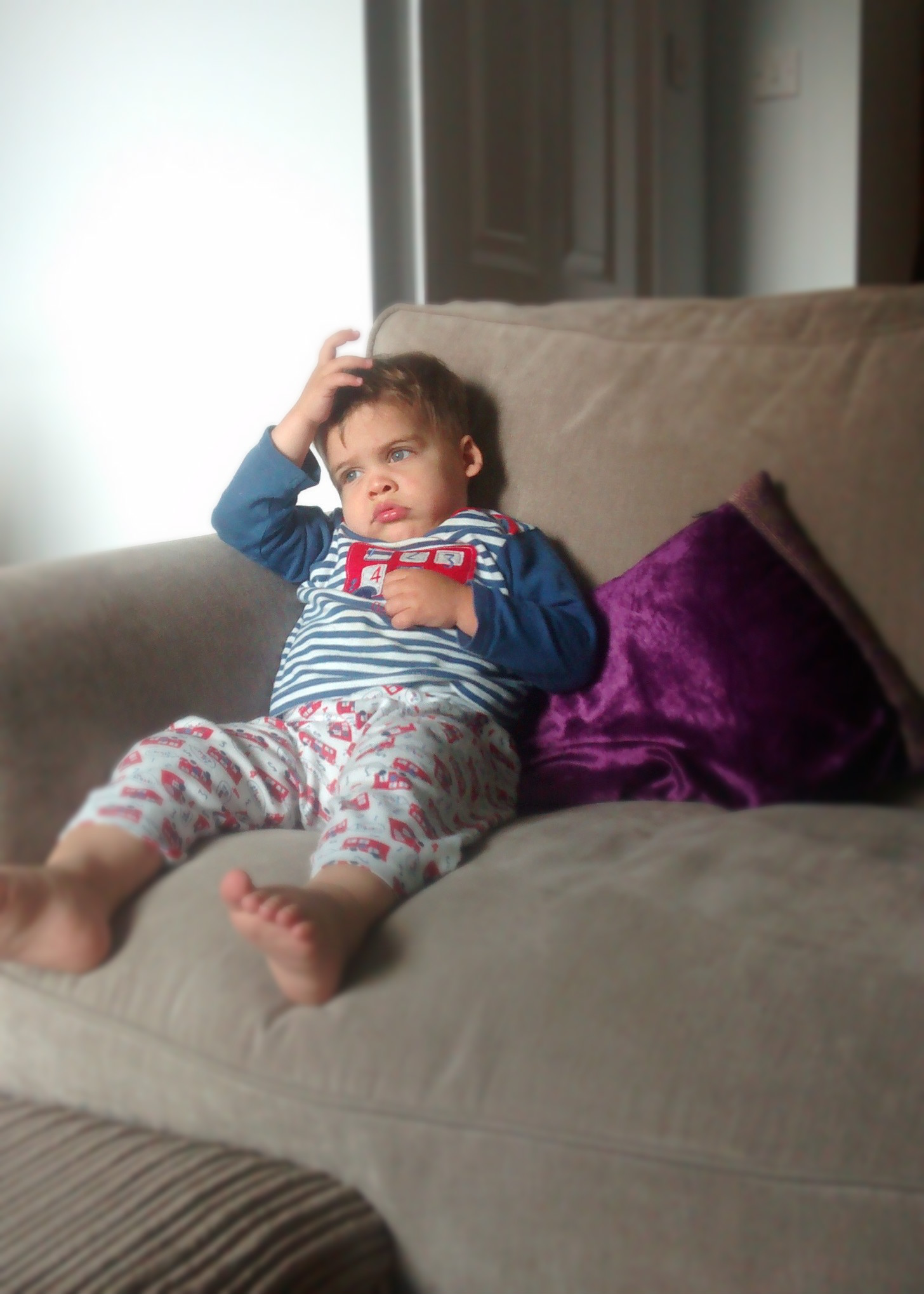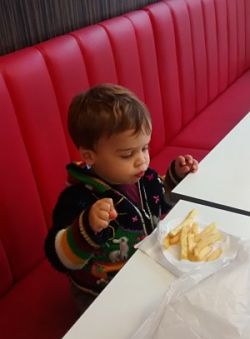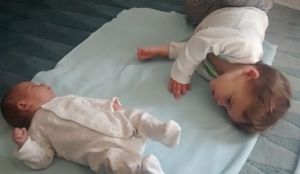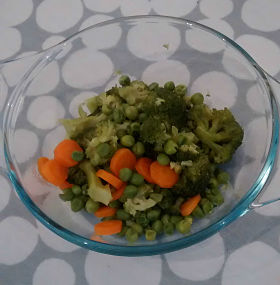We can now say sorry, and appropriately too (17.5 months)…
Does this indicate emotion recognition and empathy skills? Does it indicate Theory of Mind?! Who knows, but seems like the baby (17.5 months, so more of a toddler now) was able to see that I was upset after he whacked me in the face, and then stroked my face for 1 second and said sorry. Well, it more sounded like “ssrrrr” than “sorry” – but I’ve heard and seen him do this before and after he’s asked to say sorry for something (like snatching a toy away from his brother leading to many, many screams), so i’m pretty sure it’s the word sorry.
Could it be that the toddler’s response was more of a learned behaviour – i.e. when he has upset his older brother in the past I’ve asked him to say sorry, and also asked his older brother to say sorry to him so it’s more of a learned response. That’s one theory
Let’s see what a quick search of the literature says…
Professor Alison Gopnik (a name to note), has written many many interesting articles in this area, including this one on emphatic babies. She writes:
By 18 months, babies have gone beyond empathy to genuine altruism, After all empathy just means I feel your pain, altruism means I try to make you feel better even when I don’t feel that way myself
And research by Gopnik (Repacholi & Gopnik, 1997) has shown 18 month olds can infer that other people hold desires and that these are related to emotions – they were able to use emotional cues to infer what another person desired, and were able to offer food in an experiment that they previous saw the person responding positively to. They could then use this information to determine what type of food to offer, even when their own desires differed.
What about younger infants?
I know what your want… There is some evidence that 12 month olds are aware that people want stuff (Masur, 1983, cited in Repacholi & Gopnik, 1997) and are capable of giving items in response to someone gesturing to request it.
And even younger…
There is evidence that even at 4 months old babies can recognise emotions in faces
Scientists found that even before they start talking babies are able to pick up on “non-verbal” signals we use to communicate, such as the eyebrows being raised by a smile to indicate friendship.
Want to read about helping your child to develop empathy – here’s a nice page from Zero to Three on “Practical tips on how parents and caregivers can help infants and toddlers develop empathy, and understand that others have different thoughts and feelings than they do”
Thanks for reading.
And now I have Justin Bieber “sorry” stuck in my head…(which is why I went for the Elton John inspired title, to get Bieber out of my head, but it didn’t work…)

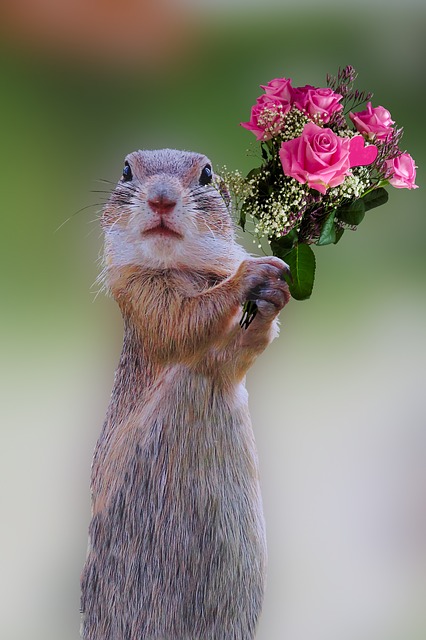
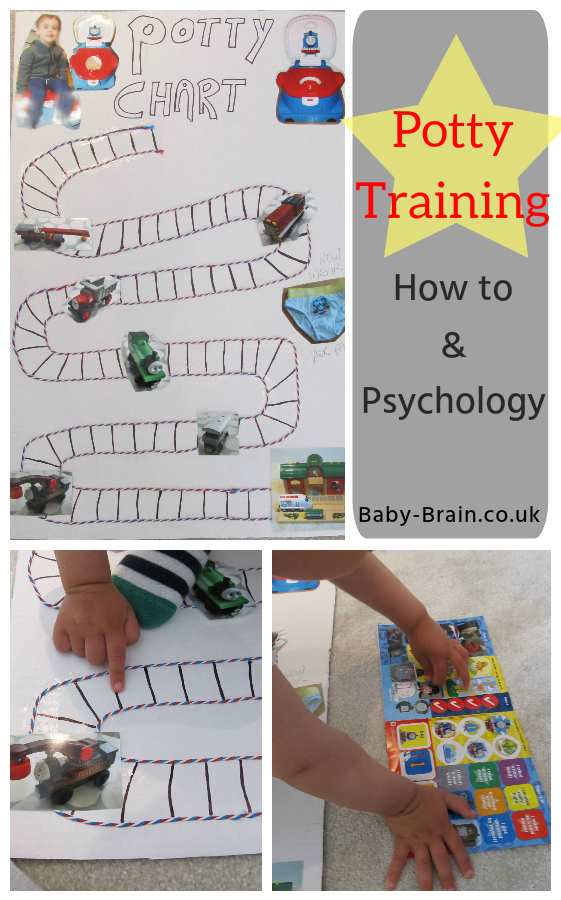

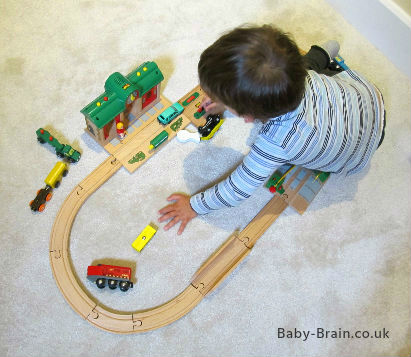
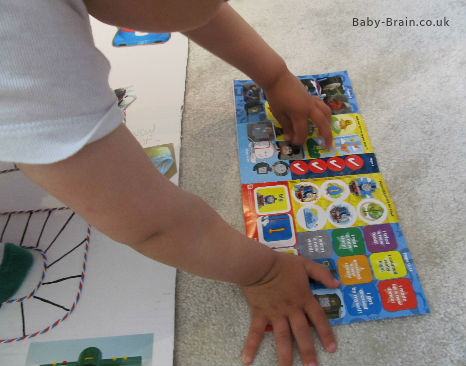
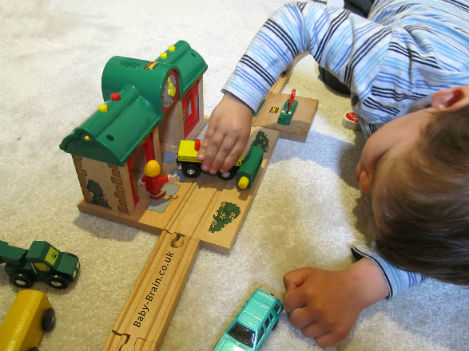



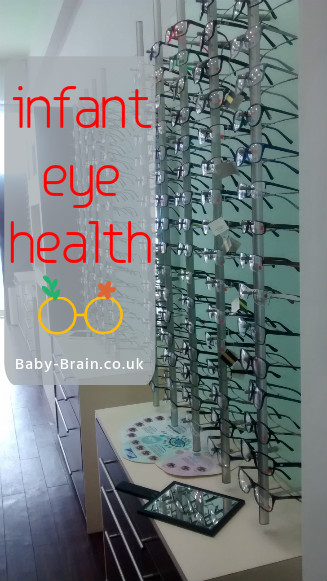 So the other day we went to the eye doctor
So the other day we went to the eye doctor